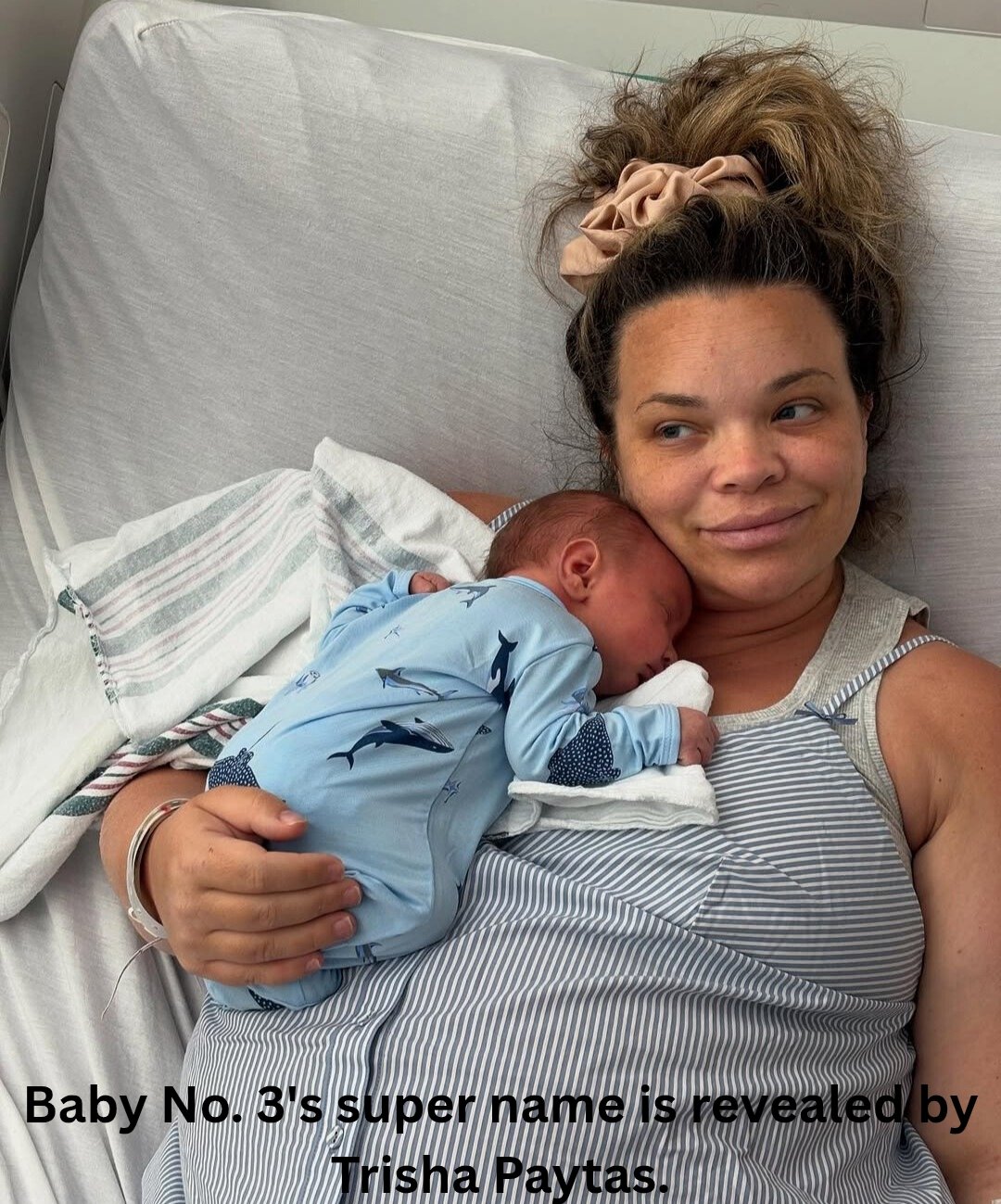
A Marks & Spencer advertisement has been banned for using a “irresponsible” picture of a model who looked “unhealthily thin.” The model’s posture, outfit selection, and the camera angle, which appeared to tilt downward, all contributed to the perception that she was excessively thin, according to the Advertising Standards Authority (ASA).
The model in the photo, which was posted on the M&S app, was dressed in slim-fitting black pants and a white off-the-shoulder blouse that showed off part of her upper body.
With one hand in her pocket and the other clutching a bag, she turned to face the camera. The model’s collarbones were characterized as “very prominent” by the advertising watchdog. Additionally, it stated that the model wore “large pointed shoes which emphasised the slenderness of her legs” and that the model’s head appeared out of proportion with the rest of her body, further highlighting her small frame, partly because of the camera position, which appeared inclined downward.
In its submission to the ASA, M&S contended that the sizes eight through twenty-four were represented in its “inclusive women’s wear clothing.” It did admit, though, that the models in the advertisements were at the lower end of its sizing range—size eight.
The retailer claimed that all of the models were in good health, that it “complied with industry standards and best practices to avoid promoting unhealthy body images,” and that it “took concerns about the depiction of body image in their ads very seriously.”
According to the ASA, the advertisement cannot be used again in its current form, and M&S is required to make sure that none of its pictures “portrayed models as being unhealthily thin.” M&S attested to the removal of the pictures. According to the ASA, it also received complaints over three further advertisements featuring two models wearing pink polka-dot dresses that were posted on the M&S website, app, and email.
The model’s face “did not look gaunt,” according to its inquiry, and “even though she was thin, her arms and the leg visible in the shot did not display any protruding bones.” The decision came to the conclusion that “the model appeared in proportion and we considered that she was not presented as unhealthily thin overall.” Another model was included in the other pictures in the advertisement, which likewise “showed the model in proportion.”
We also took into account the fact that the model didn’t look unhealthyly slim in those pictures. The decision comes amid worries that a recent trend toward skinnier models is causing the fashion industry to undo the gains made in the body positivity movement of the 2010s.
A Next advertisement that featured a model who the ASA assessed to be “unhealthily thin” wearing apparel that had been digitally changed was prohibited earlier this year.
It prohibited Warehouse from using a picture of a model wearing a large biker jacket in 2023, claiming that the model’s prominent hip bones, collar bone, and torso conveyed the impression that she was “very thin,” making the advertisement “irresponsible.”
home
